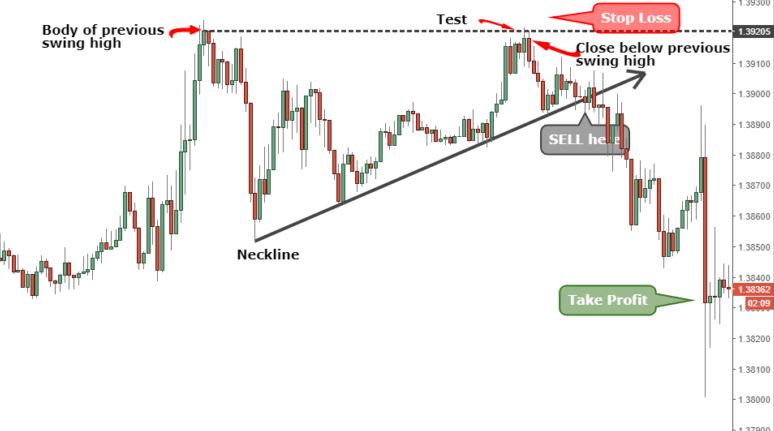Due to the growth of the digital marketplace, technical expertise has become increasingly important. A dynamic environment now demands that share and CFD traders, futures traders, and forex traders have access to the necessary tools.
Skills such as taking advantage of software trading platforms and troubleshooting internet connectivity issues in real-time are becoming essential due to information system technology advancements.
Further, testing trade ideas to see how they work in the real world is inherently useful. To do so, you can backtest your trading strategy.

What is backtesting?
A backtest is a way to evaluate how a trading strategy would perform if applied to real-world, historical data. You’ll use the test results to determine the best approach to achieve the best results.
In backtesting, the assumption is that strategies that performed well in the past will probably perform well in the present and the future.
Hence, you can evaluate how well trading plans perform on previous datasets that closely reflect current prices. As well as regulations, and market conditions before making a trade by examining previous datasets that closely reflect current prices, rules, and market conditions.
Trading strategy
An appropriate trading strategy must be developed before backtesting can begin. A trading strategy defines the rules for entering the market, exiting the market, and assuming risk. There are two essential elements for backtesting:
Market entry: As the name suggests, it is the moment when a new long or short position opens in the live market. A currency pair is the means of securing market entry in forex trading.
Market exit: The end of an open position signifies the end of a market. Exiting a market involves placing an offsetting order to close out a long (sell) or short (buy) work that has previously been open.
Using stop loss or take profit orders can accomplish this. There can be no backtesting without rules for entering and exiting the market. Even if the trading ideas have no historical relevance, they can be applied to build a better forex trading strategy.
Backtesting tools
A great advantage of the modern market is the abundance of backtesting options available to retail traders. There are subscription data sets, free historical data available for forex, and various tools for backtesting.
Using these resources, anyone can develop a statistical record of how a specific strategy has performed in the past.
Forex backtesting software
The automated strategy tester is one of the most common tools for building backtesting studies. The programs cater specifically to sift through historical market data. Usually, specialty backtesting software is available from third parties.
Sometimes, forex trading platforms themselves come with strategy testers. In Ninjatrader, for instance, the strategy optimizer allows users to test entry and exit rules against historical price action. Metatrader 4 and Metatrader 5 both have a backtesting feature for expert advisors.
Manual backtesting
Backtesting is especially beneficial when using pencils. The hand testing of many trading systems has led to the development of many great systems. Using a notepad and pencil is fine if there are no available programming services or automated software.
Strategy optimisation
Formulating an effective trading strategy is essential to consider position sizing, risk, and reward scenarios. However, they are integral to any optimization study, even if they do not form part of a backtesting study.
A strategy’s performance is optimized based on past data by analyzing how market conditions impacted it. Examining market entry and exit points can help determine whether risk capital can be applied more efficiently.
One method of optimizing a strategy is to skew the risk vs. reward ratio and tweak the size of the positions.

Bottom line
An application of a system or strategy against historical pricing data is known as backtesting. This generates a statistical track record reflecting the methodology’s past performance.
These studies are useful tools for building systems and promoting trader confidence. However, backtesting is prone to errors due to flawed data sets, confirmation bias, and the inability to take variable order executions into account. In the end, backtesting is a useful tool for analyzing a strategy or system. Even though the discipline is certainly not perfect, it can be valuable for identifying weaknesses and strengths and improving current approaches.


